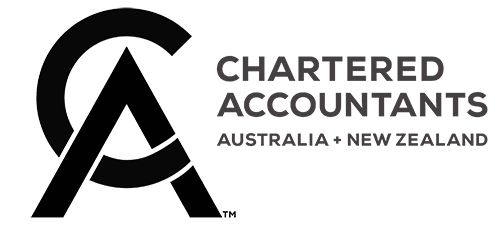
Working capital is a critical aspect of accounting and finance that can have a significant impact on a company’s potential for success and longevity. In essence, working capital refers to the cash and assets that a business has at its disposal to meet short-term obligations. This article will explore how to calculate working capital, assess the requirements of your business, and find ways to boost your working capital.
How to Calculate Working Capital?
To evaluate a company’s short-term financial health, one way is to compute its working capital ratio. This ratio measures current assets, such as cash and accounts receivable, against current liabilities, such as accounts payable and other debts.
The formula for determining the working capital ratio is:
Current assets / Current liabilities = Working capital ratio
For example, if a company has $1 million in current assets and $500,000 in current liabilities, its working capital ratio is 2:1, which is considered a healthy ratio across most industries. However, certain businesses may require a lower ratio, such as 1.2:1.
Another way to calculate working capital is to deduct current liabilities from current assets. This computation provides the net working capital, which signifies the funds available for current expenses.
The formula for calculating net working capital is:
Current assets – Current liabilities = Net working capital
For example, Let’s say a small business has $50,000 in current assets, such as cash, accounts receivable, and inventory, and $20,000 in current liabilities, such as accounts payable and short-term loans.
Using the formula, we can calculate the net working capital as:
$50,000 (current assets) – $20,000 (current liabilities) = $30,000 (net working capital)
So the net working capital of the business is $30,000. This means that the business has $30,000 of available funds to operate its day-to-day activities and invest in growth opportunities.
Accurately Assessing a Company’s Working Capital Needs
To determine the ideal working capital for a company, it’s crucial to track its monthly inflows and outflows with precision.
For instance, a landscaping company may experience a surge in revenue during the spring, followed by a steady flow of cash through October, and then a significant decrease in revenue during the late fall and winter months. Additionally, the business may have expenses that need to be addressed throughout the year.
To make reliable projections, organizations must consider past data, future contracts, and the possibility of customer losses. These projections will help highlight the months when cash flow gaps are most substantial.
In need of more working capital?
Here are four common reasons businesses may require additional funding:
- Seasonal fluctuations in cash flow: Businesses with busy and slow seasons may need extra capital during slower periods or to prepare for increased activity.
- Funding obligations while waiting for payments: Businesses may require additional working capital to cover expenses while waiting for customer payments to come in.
- Taking advantage of supplier discounts: Extra working capital can allow businesses to purchase in bulk and take advantage of supplier discounts, which can improve profitability.
- Covering project-related expenses: Working capital can be used to pay temporary employees or cover other expenses related to projects or initiatives.
Strategies for Boosting Working Capital
To increase their working capital, businesses can use several approaches, such as obtaining an unsecured, revolving line of credit. This financing option is designed to meet temporary working capital needs, and businesses can withdraw only what they need, when they need it.
While business credit cards can be useful for incidental expenses like travel and entertainment, they may not be the most practical choice for working capital needs due to higher interest rates and fees for cash advances.
When applying for a line of credit, lenders assess the overall health of a company’s balance sheet, including the working capital ratio, net working capital, and annual revenue. A business owner’s personal financial statements, credit score, and tax returns are also scrutinized. The lender may even ask for a personal guarantee of repayment.
Two Working Capital Missteps to Avoid
One common mistake businesses make is using working capital for permanent, long-term expenses like the purchase of machinery or real estate. These costs require different types of financing and can tie up a company’s working capital line of credit, making it unavailable for its intended purpose.
Another mistake is failing to understand a company’s working capital needs, resulting in insufficient cash flow and an inability to meet short-term obligations.
At Aero Accounting Group, we specialize in providing businesses with customized financial solutions to optimize their operations and achieve their long-term goals. Our team of highly skilled professionals is dedicated to helping you succeed, no matter the challenge.
Our suite of services includes tailored accounting and financial guidance that is tailored to your business’s unique needs. Whether you require assistance with calculating working capital, understanding your company’s financial needs, or finding ways to enhance your working capital, our experts are here to help.
With our in-depth understanding of accounting and finance, combined with our commitment to delivering customized solutions, we can help you navigate through the most complex financial challenges and achieve your business goals.
For more information on how Aero Accounting Group can help your business thrive, contact us today.

Need help?
Not sure if your current accountant is a good long-term fit? Contact us at Aero Accounting Group today and we’ll help you minimise your taxes and maximise your profits





